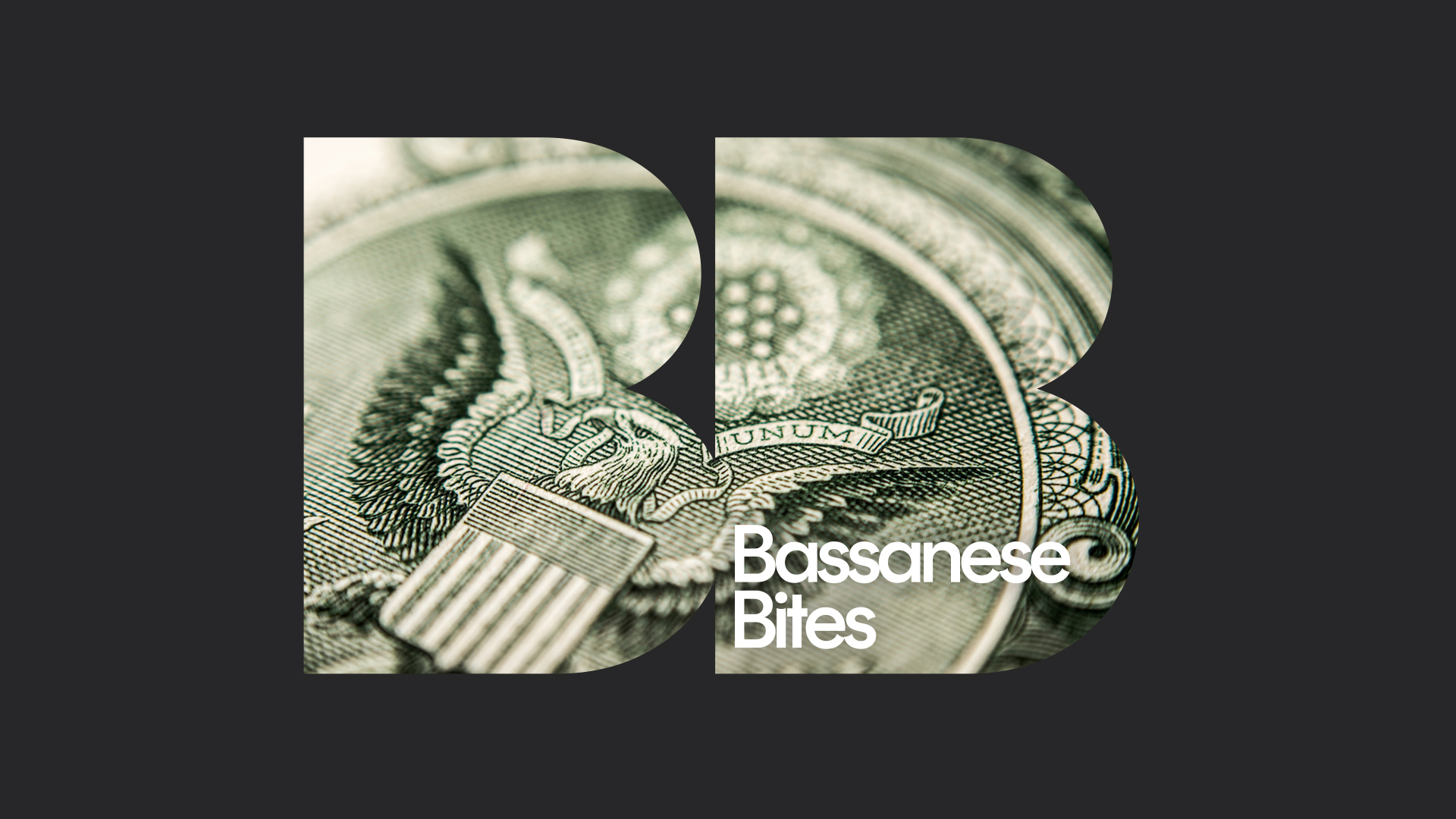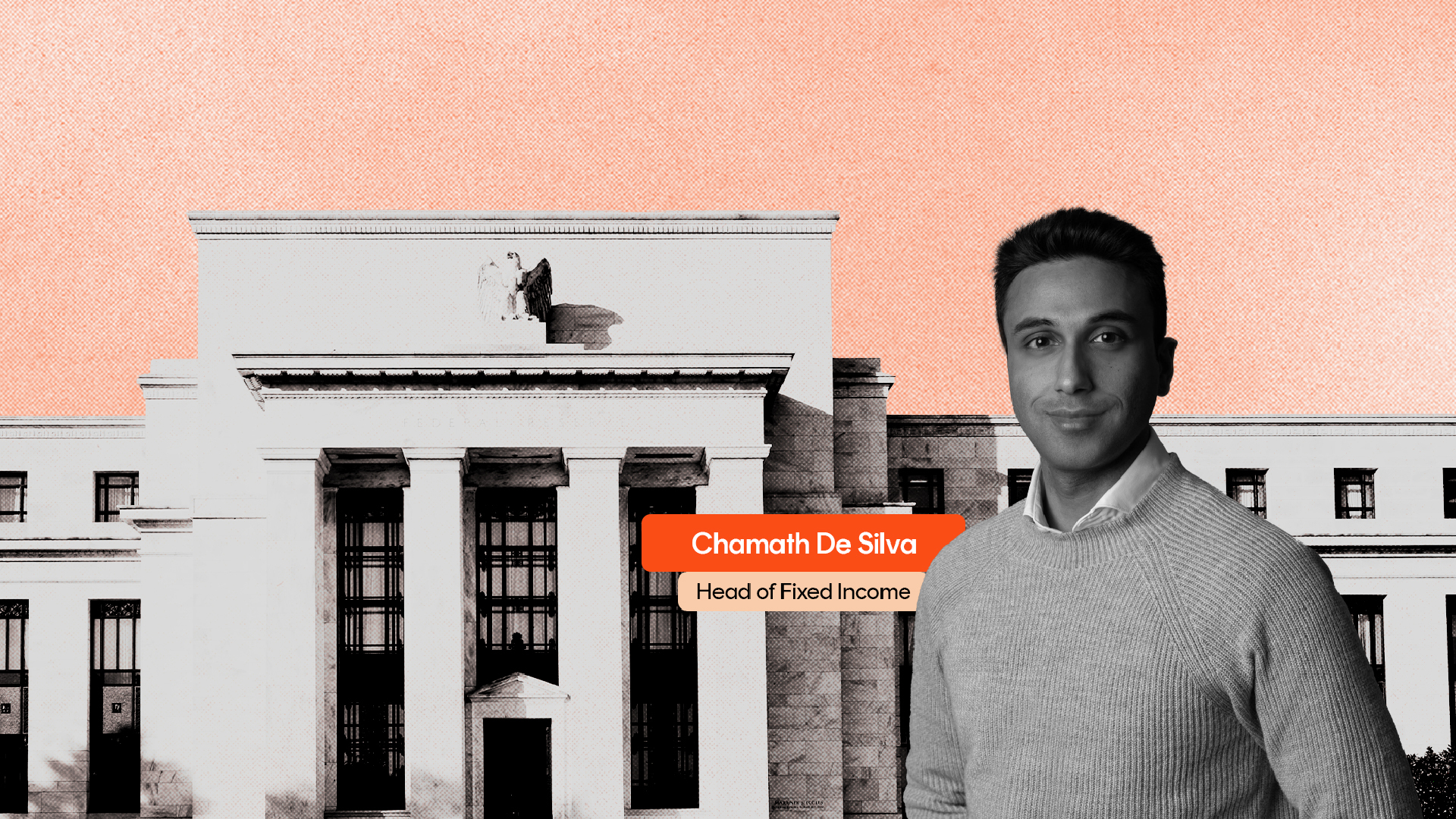Navigating an evolving threat landscape
3 minutes reading time
Periods of volatility can be unnerving for even the most seasoned investors – especially when headlines are dominated by market uncertainty and seemingly daily changes to critical US policies.
Over the past weeks, we’ve shared economic updates to help you make sense of what’s happening. But what about your portfolio? What practical action can investors take?
Investing in today’s environment
In uncertain times, staying calm is crucial. One of the most effective strategies can be simply to stay invested. If history has taught us one thing it’s that, just as markets inevitably have downturns and go through periods of turmoil, they do tend to recover.
As we touched on in our recent article, the ASX 200 dropped 54% over some 17 months during the Global Financial Crisis[1]. But investors who held firm saw markets fully recover within about five years.
During the Covid-19 crash in 2020, the S&P 500 and Nasdaq fell roughly 34% and 30% respectively between the 19 February high and the 23 March bottom[2]. However, driven by rapid economic intervention, both bounced back to pre-crash highs within around six months.
Being invested in a broadly diversified portfolio means investors could benefit when markets recover. It also helps manage risk by spreading exposure across asset classes, sectors and geographies.
Four strategies for market uncertainty
1. Diversify with gold and government bonds
Gold and government bonds are often considered ‘safe havens’ in volatile periods. Gold tends to hold its value or rise when equities fall, while bonds can provide stability and a cushion against equity market declines.
2. Think long-term: volatility may present opportunity
While short-term fluctuations can feel unsettling, they can also create buying opportunities. If you have a longer investment horizon, downturns can offer attractive entry points into quality growth assets and help smooth returns across market cycles and avoid missing out on the potential rebounds.
3. Generate income while reducing volatility
Covered call strategies involve selling call options on shares or ETFs you already hold. This can generate extra income, through option premiums, while potentially reducing downside exposure. If economic growth slows and interest rates decline, generating income could become more challenging – particularly if Australian dividends come under pressure. Covered call strategies can provide an attractive income stream while reducing volatility.
4. Leverage the dollar-cost-averaging effect
Many long-term investors rely on strategies like dollar-cost averaging: investing in a set amount at regular intervals, regardless of market conditions. This approach can help you focus on your longer-term investment goals by taking market timing out of the equation.
Betashares Direct’s Auto-invest allows you to set up recurring investments into up to five Betashares ETFs brokerage-free, making it simple to automate a dollar cost averaging investment strategy.
Staying grounded
Periods like these test investor resolve. It’s normal to feel anxious. Markets can be volatile and maintaining a long-term plan with your financial goals firmly in mind can help you make considered investment decisions.
This article contains general information only and does not take into account any person’s objectives, financial situation or needs. Investors should consider the appropriateness of the information taking into account such factors and seek financial advice. It is provided for information purposes only and is not a recommendation to make any investment or adopt any investment strategy. Future outcomes are inherently uncertain. Actual outcomes may differ materially from those contemplated in any opinions, estimates or other forward-looking statements given in this article. For more information on risks and other features of each Betashares Fund, please see the Product Disclosure Statement and Target Market Determination, both available on this website.
[1] Price performance sourced from Bloomberg and FactSet data.[2] https://www.cnbc.com/2021/03/16/one-year-ago-stocks-dropped-12percent-in-a-single-day-what-investors-have-learned-since-then.html





1 comment on this
Point 3 I don’t understand. Could you please make clear and simple for me